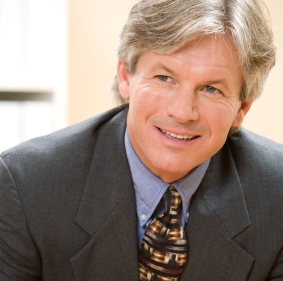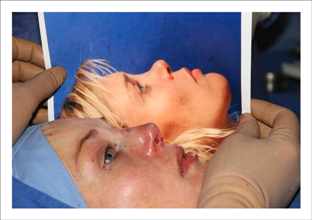APPROACH COSMETIC SURGERY WITH CARE
RESULTS
For over 30 years, the Nose Clinic has achieved consistently good surgical results, an achievement supported by thousands of patients who’ve undergone plastic nasal surgery at our specialized Clinic.
However, it would be misleading and irresponsible to suggest that nothing can go wrong in surgery. Rhinoplasty involves healing elements that a surgeon, working with cartilage, tissue and bone, cannot control. Healing stimulates scar tissue formation. This is part of the healing process.
In isolated cases abnormal scar tissue may cause small deviations in the result of the surgery. Other exceptions might stem from a conservative approach to surgery; the surgeon may trim fractionally too little tissue, cartilage, or bone from the nose; occasionally, the surgeon may trim fractionally too much – mere millimeters can determine a result.
ERRORS OF COMMISSION OR OMISSION – THE ‘BELL CURVE’
In our experience, marginally disappointing results (that we can rectify with revision surgery), occur in approximately 10% of cases. We use the ‘Bell curve” principle to illustrate this. The peak of the curve represents 90% of all results; the surgeon did a good job, and the patients are happy. On the left side of the peak (where it falls off sharply), you find ‘errors of omission’ — instances where the surgeon removed fractionally too little tissue, cartilage, or bone from the nose.
To the right of the curve you find ‘errors of commission’ where the surgeon has removed fractionally too much tissue, cartilage, or bone from the nose – the solution may require human tissue grafting material to strengthen the underlying structure.
Should you require a ‘touch up,’ the Nose Clinic will re-admit you for a minor procedure after your nose has healed, usually 12 months after the first surgery. Our surgeon will not charge a fee for this revision, although you will be responsible for the related theatre costs.
If however, our surgeon considers the risk of additional abnormal scar tissue formation and further disappointment too high, he will advise you not to undergo further surgery.
In isolated cases, where a patient, through a careless accident, neglect or excessive touching and rubbing, contributed to a disappointing result, our surgeon will consider revision surgery at the patient’s own cost. However he will only do so if he expects the revision to improve the result.
We need however to create a sharp distinction between the minor touch-ups that we undertake for own patients, and the major revision surgery we perform for patients who have undergone surgery elsewhere by another surgeon, with unsatisfying or disappointing results.
REVISION SURGERY POLICY
Nasal surgery requires specialized training, skill, dedication, ongoing exposure to new techniques and developments, and regular, almost daily practice. Consequently, when approached to revise a disappointing result from surgery done elsewhere, we usually find evidence of a poor diagnosis linked to clumsy, sometimes gross, procedural ineptitude. The consequent result either seriously impaired the patient’s breathing or distorted the aesthetic shape of the nose. The ensuing revision surgery, if our surgeon feels that a revision may improve on the result, is usually complex and costly.
We also encounter patients who have undergone several earlier procedures, either repeatedly with one surgeon or with several different surgeons at other clinics or hospitals. Scar tissue often forms around the old incisions. Over time, these flaws frequently deteriorate, causing ugly deformities or extreme discomfort. A solution often involves human tissue grafting to strengthen the underlying nasal structure or to ‘smooth’ the underlying tissue.
While the Nose Clinic will always endeavour to assist a patient needing to repair a disappointing result from surgery done elsewhere, in practice, we will only offer revision surgery when there is a strong possibility of obtaining an improved result. If our surgeon – after a thorough examination of the patient’s nose – concludes that scar tissue would probably not distort the result, and that the nasal cartilage is largely intact and strong enough to support further surgery, he may agree to a revision. Otherwise, in the best interests of the patient’s welfare, he will usually decline further surgery. In instances where patients have undergone a second or even a third round of surgery elsewhere, the clinic will decline further intervention. The nose will only safely tolerate a limited number of surgical interventions and no more before it either collapses or suffers possible further and permanent disfigurement.
‘Rhinoplastic surgery is more than a technique,’ says Eugene Tardy Jr (MD, FACS, Professor of Clinical Otolaryngology, University of Illinois Medical Centre), ‘it involves an artistic concept and the ability to envision the result of the operation. The surgeon must become expert at nasofacial analysis and mental image visualization of an intended result. Mastery of a single approach or technique poorly equips the surgeon to properly manage the myriad nasal abnormalities that exist. Strict adherence to basic principles will not necessarily produce the ideal result. It is essential that an understanding of dynamic nasal structure transcend the components of static bone and cartilage.’
(Tardy, Eugene Jr. 1997. Rhinoplasty: the art and the science, Volume 1 M. WB Saunders.)
Make an Appointment!



